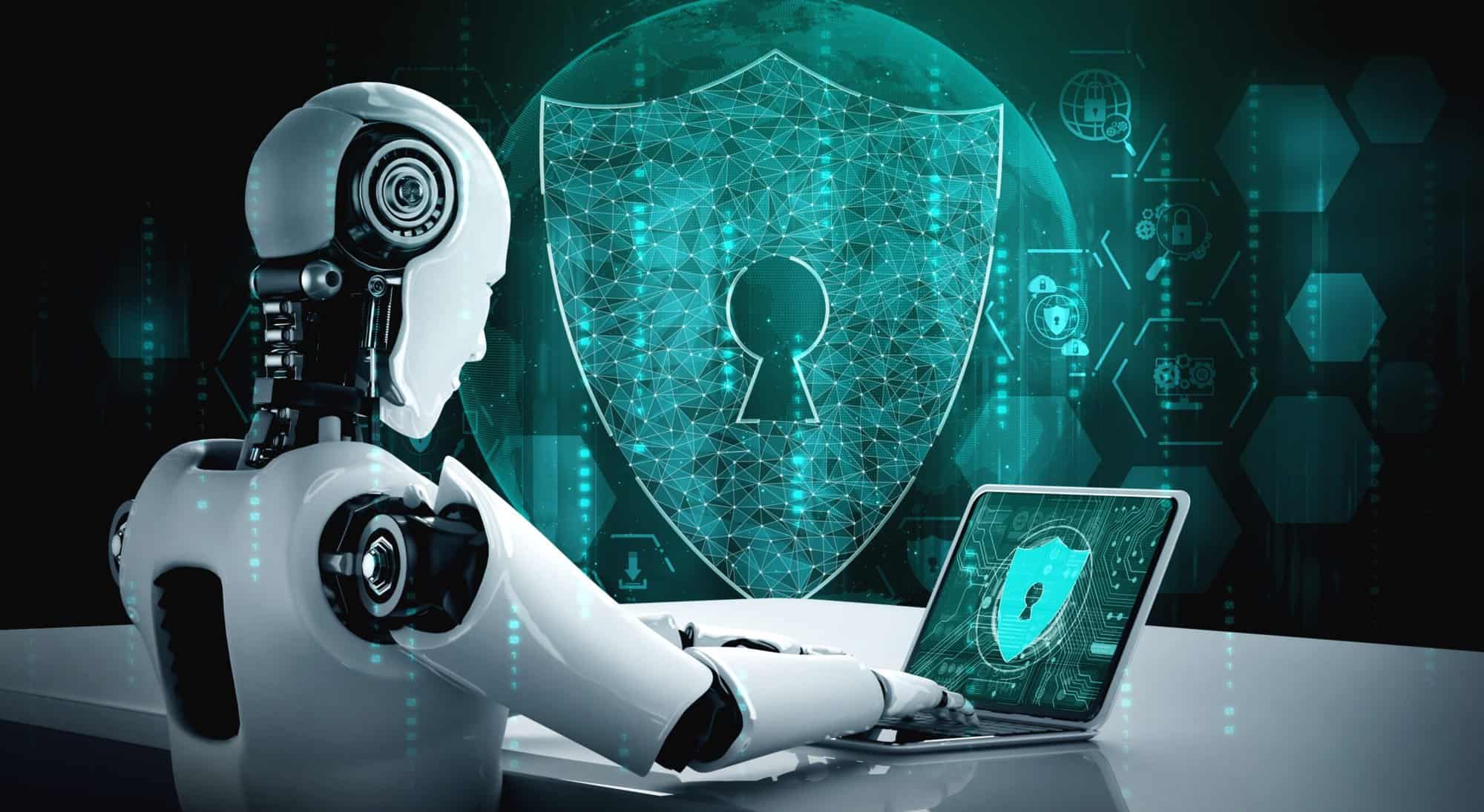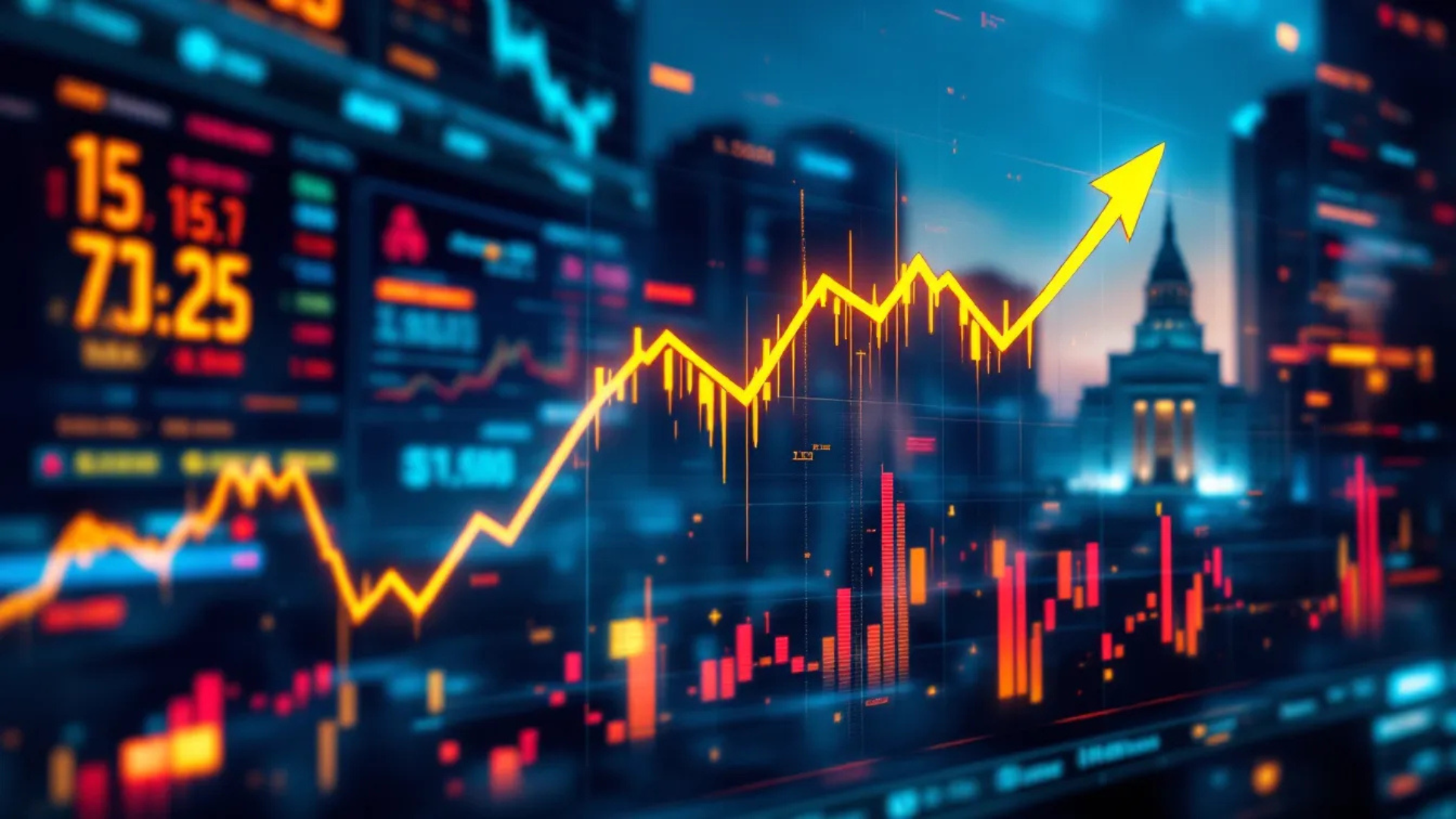The rapid expansion of digital technologies has created vast opportunities for businesses and individuals, but it has also exposed them to unprecedented levels of cyber threats. From ransomware attacks to sophisticated phishing campaigns, the modern cybercriminal is becoming more advanced with every passing year. Traditional security measures, though still essential, are struggling to keep pace with the scale and complexity of these threats. This gap has opened the door for artificial intelligence (AI) and machine learning (ML) to take center stage in the field of cybersecurity.
AI and ML are no longer futuristic concepts—they are active tools being deployed by enterprises, governments, and security firms worldwide. By analyzing patterns in massive datasets and detecting anomalies in real-time, these technologies provide a proactive shield against cyber threats. Their ability to adapt and learn continuously makes them uniquely suited for the ever-changing landscape of digital risks.
How Machine Learning Detects Threats
Machine learning operates on the principle of identifying patterns and recognizing deviations. In cybersecurity, ML algorithms are trained on vast datasets of normal network activity, allowing them to establish a baseline of what “safe” behavior looks like. Once the system has learned this baseline, it can quickly identify any activity that falls outside of the established norm.
For example, if an employee suddenly begins accessing files at unusual hours or from an unfamiliar location, the AI system can flag this as suspicious. Similarly, if large amounts of data are being transferred to an external server, ML-powered tools can detect it as a potential breach. Unlike traditional rule-based systems, which require predefined instructions, machine learning continuously refines its detection capabilities, making it more effective over time.
Business Adoption of AI Cybersecurity Tools
The business world has been quick to recognize the potential of AI in combating cyber threats. Major corporations are investing billions in AI-driven cybersecurity tools to protect sensitive data and maintain customer trust. Financial institutions, healthcare providers, and e-commerce platforms are among the most enthusiastic adopters, given the critical importance of protecting financial records, medical data, and consumer information.
Cloud service providers such as Microsoft, Google, and Amazon have integrated AI into their security frameworks, offering clients advanced threat detection systems that monitor activities around the clock. Smaller businesses are also beginning to adopt these solutions, thanks to the growing availability of affordable AI-powered cybersecurity software. The integration of AI into mainstream business practices has fundamentally changed the way organizations respond to attacks—shifting from a reactive stance to a proactive one.
Challenges and Limitations of AI Cybersecurity
While AI offers a powerful solution, it is not without limitations. One of the most pressing challenges is the risk of false positives. AI systems sometimes misinterpret legitimate activities as suspicious, which can overwhelm security teams with unnecessary alerts. Balancing sensitivity and accuracy remains a critical concern for developers of these technologies.
Another challenge is the reliance on quality data. Machine learning algorithms are only as effective as the data on which they are trained. Inaccurate, biased, or insufficient datasets can lead to ineffective threat detection and even create blind spots in security. Furthermore, cybercriminals are also experimenting with AI, using it to create more sophisticated attacks capable of evading detection. This technological arms race underscores the need for continuous innovation and vigilance.
The Role of Governments and Regulations
Governments around the world have acknowledged the significance of AI in securing national infrastructures and critical industries. Regulations are being crafted to ensure responsible use of AI in cybersecurity, particularly when it comes to safeguarding personal data. For instance, the European Union’s General Data Protection Regulation (GDPR) sets strict guidelines on how AI systems can collect and process personal information.
In the United States, agencies such as the Department of Homeland Security have integrated AI into national cybersecurity strategies, emphasizing public-private collaboration to strengthen defenses. Meanwhile, countries like China are heavily investing in AI-powered security solutions, demonstrating that the race for AI dominance extends beyond economics and into the realm of global security.
The Future of AI-Powered Security
As AI technology continues to evolve, its role in cybersecurity will expand even further. Experts predict that AI will move beyond detection to actively responding to cyber threats in real time. For example, AI systems could automatically isolate compromised devices from a network to prevent the spread of malware. They may also develop predictive capabilities, forecasting potential attacks before they occur based on early warning signs.
Another promising development lies in quantum computing, which could amplify the power of AI in analyzing data and identifying threats at speeds previously unimaginable. While quantum technology is still in its infancy, its eventual integration with AI promises to create a new era of cybersecurity that is both faster and more accurate than anything available today.
FAQs
How does AI improve cybersecurity compared to traditional methods?
AI enhances cybersecurity by identifying patterns and anomalies in real-time, allowing organizations to detect threats faster and more accurately than traditional rule-based systems.
What industries benefit the most from AI-powered cybersecurity?
Sectors such as finance, healthcare, government, and e-commerce benefit significantly, as they manage large volumes of sensitive data that require constant protection.
Can AI completely eliminate cyber threats?
No, AI cannot entirely eliminate cyber threats. While it significantly improves detection and response, cybercriminals are also evolving their tactics. Continuous monitoring and human oversight remain essential.
What are the risks of using AI in cybersecurity?
The main risks include false positives, reliance on high-quality data, and the potential for adversarial attacks where cybercriminals manipulate AI systems to bypass detection.
Are small businesses able to use AI cybersecurity tools?
Yes, as the technology becomes more affordable and widely available, even small and medium-sized businesses can adopt AI-based tools to strengthen their security measures.
What role do governments play in AI cybersecurity?
Governments regulate the ethical use of AI in security, enforce data protection laws, and often collaborate with private firms to develop advanced cybersecurity frameworks.
Conclusion
AI-powered cybersecurity represents one of the most significant advancements in the ongoing battle against digital threats. By harnessing machine learning, organizations can detect and neutralize attacks before they cause widespread damage. Although challenges such as false positives and data limitations exist, the technology has already proven to be a game-changer for businesses and governments alike. Its adoption signals a fundamental shift in how societies approach digital security.
Looking ahead, the integration of AI with emerging technologies like quantum computing will define the next era of cybersecurity. While no system can guarantee complete protection, the use of AI ensures that defenders are better equipped than ever before. As innovation continues, the balance of power in the cyber battlefield may finally tip in favor of security professionals, offering hope for a safer digital future.








